5 Flies For Labrador
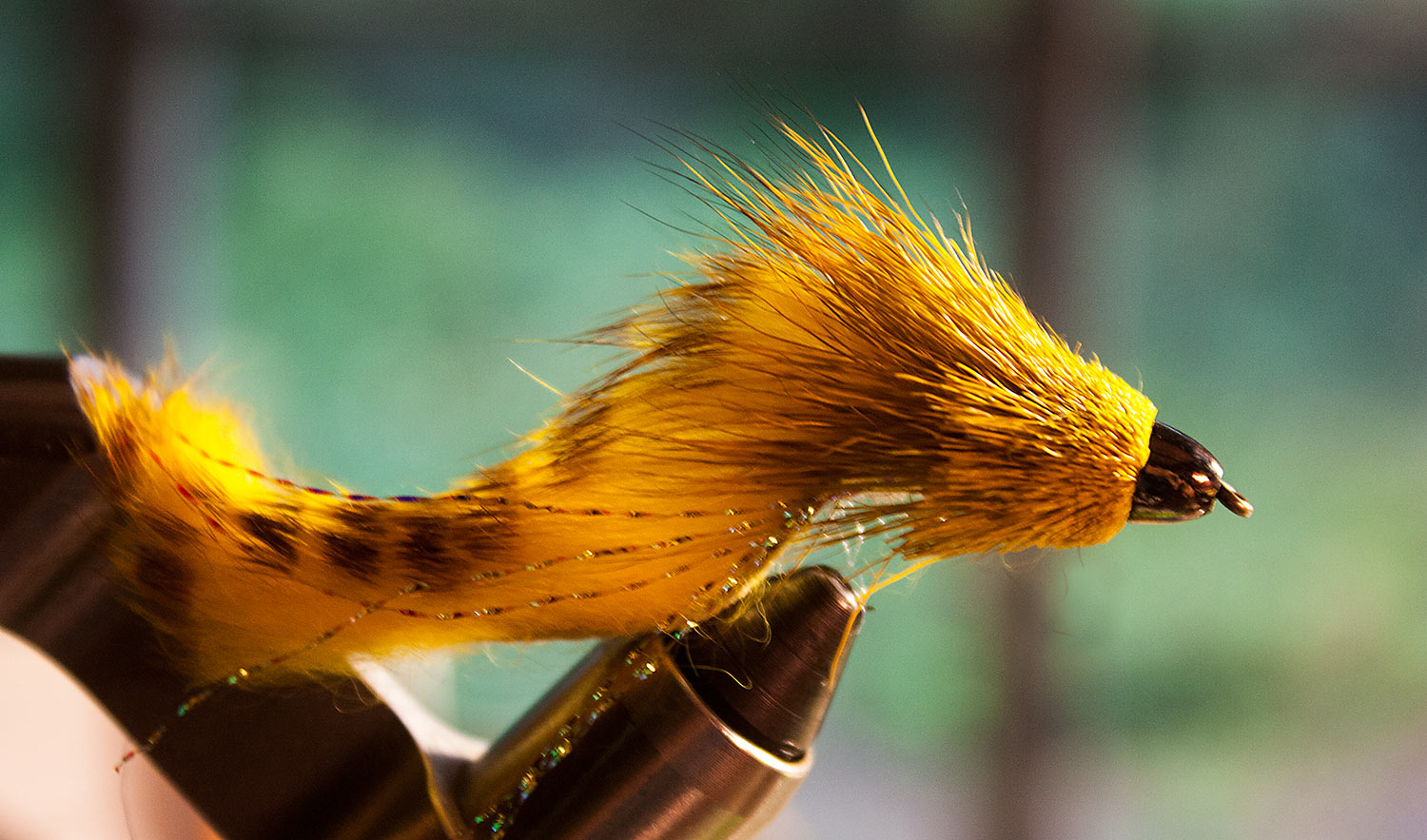
By Jason Tucker
Having recently returned from Labrador, I got to try a lot of different tactics, techniques and flies. It’s the benefit of being able to fish all day, every day, for a week. We fished everything from dry flies to streamers to nymphs.
Labrador had it all—copious hatches of both mayflies and caddis, with fish rising steadily or cruising and taking flies. They hit streamers aggressively, and they took mice on top as well.
You would think fish that see so few anglers would take anything you threw at them, but that assumption is dead wrong. They were picky about what caddis fly you presented. Mayfly patterns had to be the right size. Even the pike wouldn’t hit an olive streamer.
We both brought every fly box we owned and a huge pile of flies. Here is what caught fish.
Cone Head Madonna in Yellow
Like most places in North America, sculpins are found in Labrador in abundance. I know there’s a plethora of great and traditional patterns out there. This is a great pattern and easy to tie. I tied a variety of colors for the trip, but yellow with a white body out-fished every fly on the trip. It caught pike, the Atlantic salmon pounded them with abandon, and I got my biggest brook trout, a four-pound male, on this fly.
Goddard Caddis
I tied up a bunch of these in size 14 before the trip. Caddis are a big deal up there, hatching daily, and at times achieving
Read More »Sunday Classic / Camera Care in Saltwater
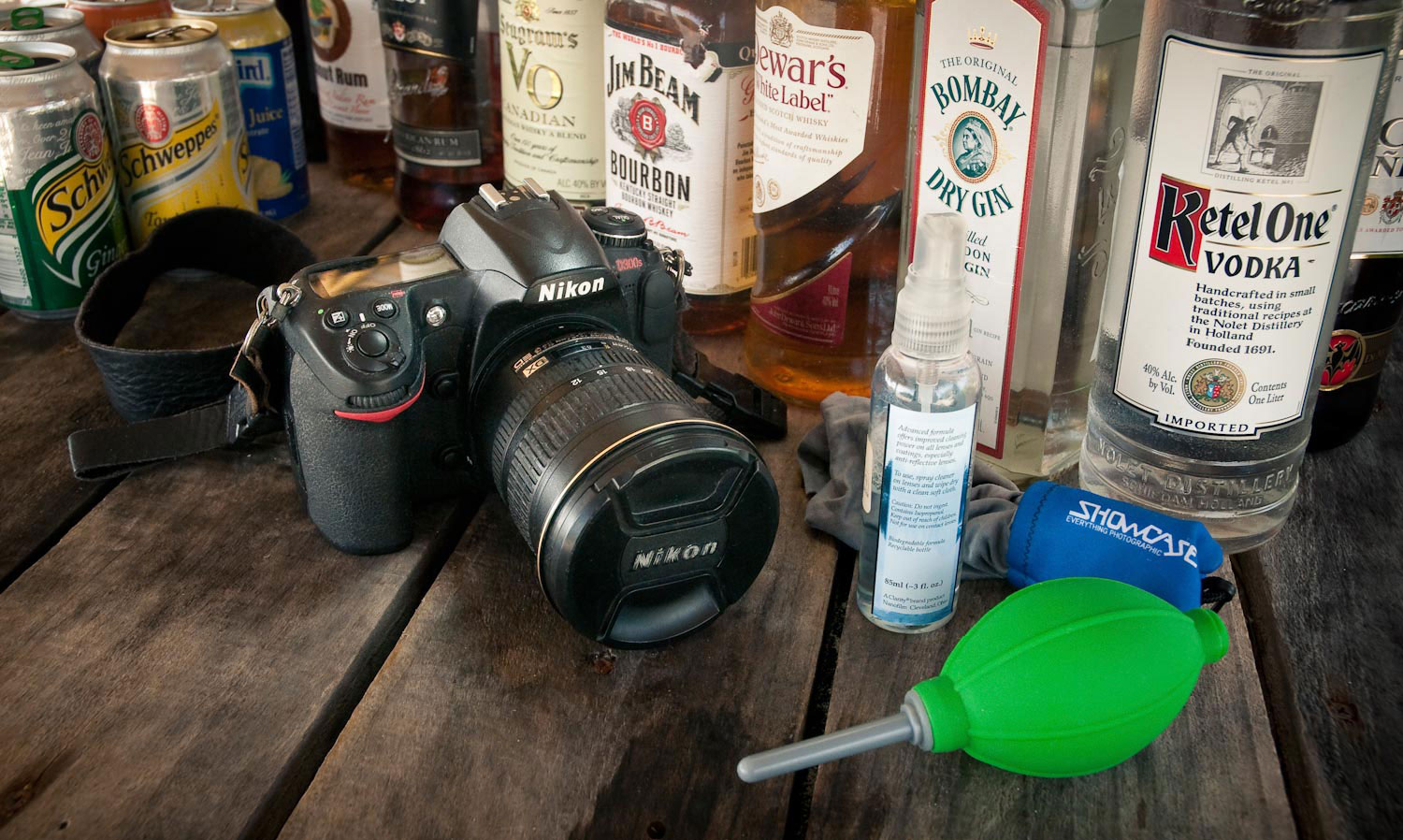
My cameras take a beating. On a trip to the Deschutes I dunked my Nikon D300s so badly that when I took the lens off, water poured out of the body. I was sure it was done but I pulled the battery out and set it in the sun and after a few hours it came back to life. The lens needed repair but the body seems fine.
I’m not recommending that you take your camera for a swim but good quality DSLRs like Nikons and Canons will take a lot of punishment. The one thing they can not take is salt water. I got away with a little dunk in the Deschutes but the salt spray and even the air in the Keys or the Bahamas can be deadly.
When I’m working around salt water I take great pains cleaning my gear.
Saturday Shoutout / Hex Season
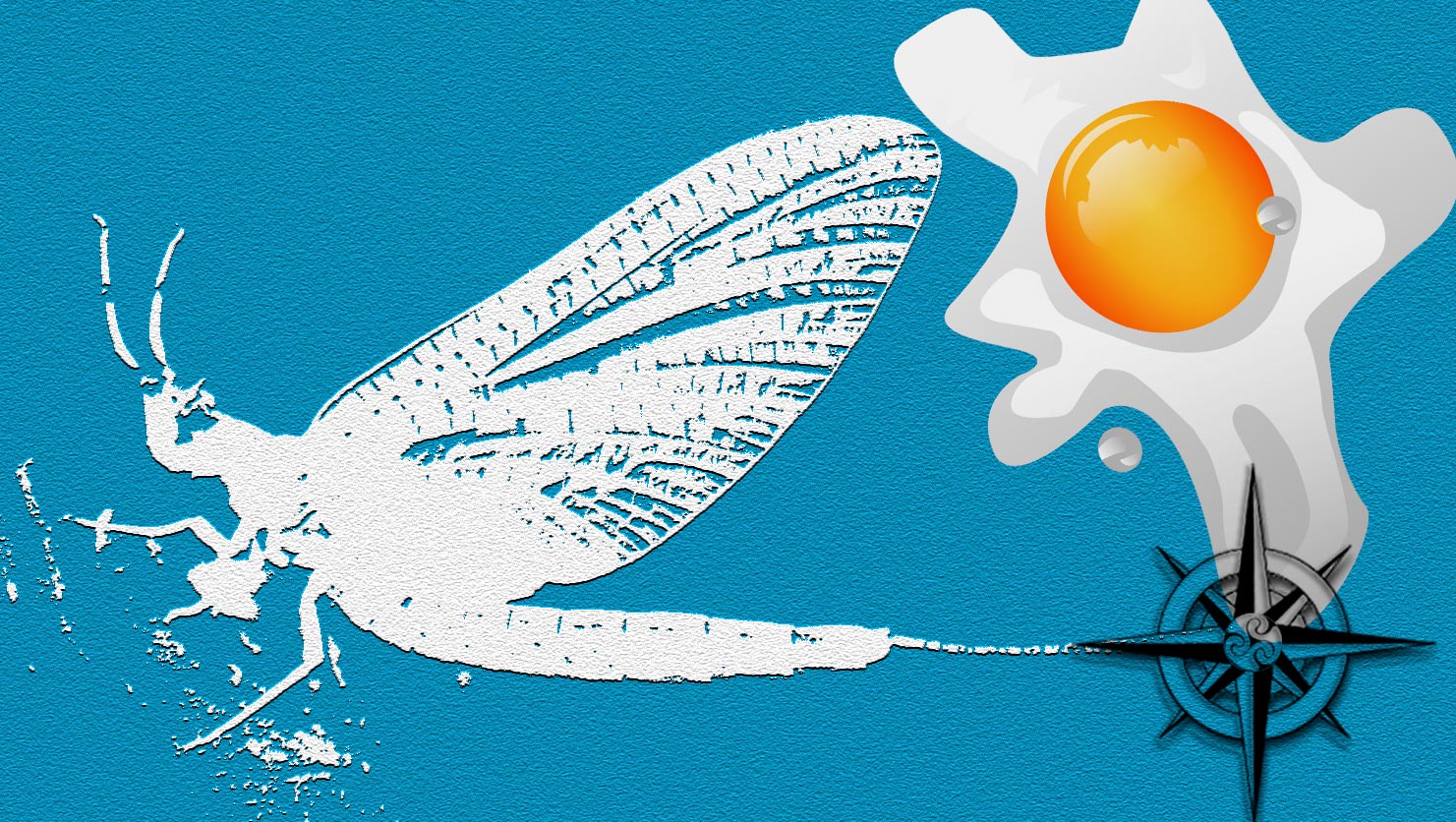
An interesting bit of perspective, history and, well…argument on some of Michigan’s most famous trout waters.
Interesting in trout fishing the holy waters of Michigan? How about boat choice and guide politics? It seems like any more you can’t pick up a fly rod without someone taking issue. In the end, we all have water to share and how we do it says a great deal about us as anglers and as people.
This essay from True North Trout is one of the most thoughtful pieces I’ve seen on the subject. If you’re inclined to think about such things, it’s worth your time.
HEX SEASON, BRINGS OUT … …EVERYTHING
Read More »RIO Gets Big, Nasty and Salty: Video

RIO swept the IFTD awards in the fly line category this year.
A pretty impressive showing, considering they won for every product they entered. Two of the awesome products on the awards list are the Big Nasty fly line, designed to turn over the heaviest of flies and a new saltwater mono leader material.
WATCH THIS VIDEO FOR ALL THE DETAILS ON COOL NEW PRODUCTS FROM RIO.
Read More »2 Hand Surf Casting Tips From Tim Rajeff: Video
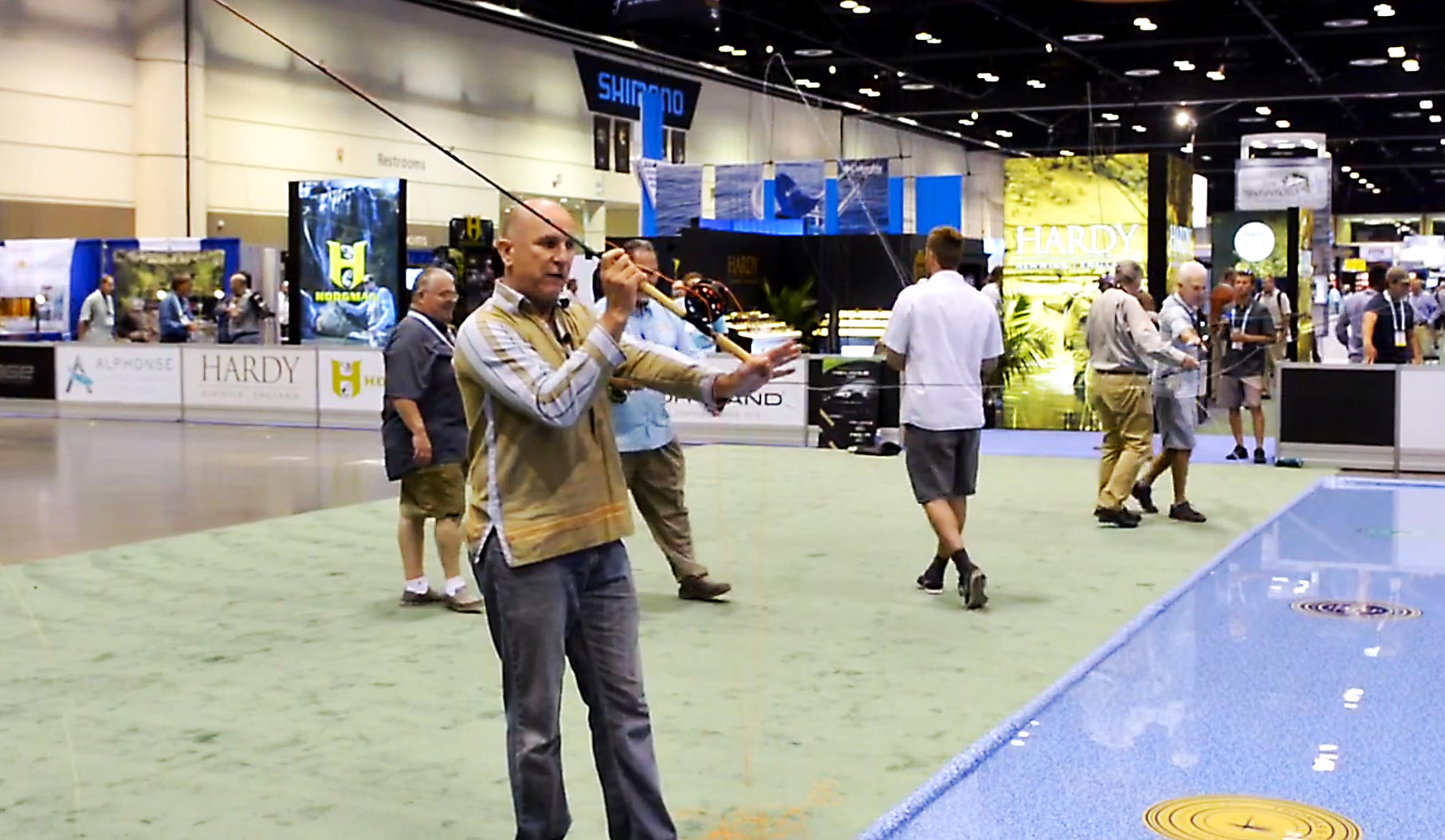
Surf fly-fishing is becoming more popular and with it a new style of 2 hand rods.
Anglers fishing the surf with fly rods know all too well the fatigue that comes with repeatedly hucking a line a hundred feet int the ocean. To solve that problem many surf anglers are turning to 2 hand beach rods. These long, powerful rods trade in the double haul for a smooth 2 hand casting stroke with a compact range of motion. Thanks to the power of the long rod that hundred foot cast becomes almost effortless.
When Tim Rajeff told me Echo would be releasing the new Beach Boost for the surf crowd, I knew a lot of our readers would be intrigued and many equally perplexed. The world of 2 hand overhead casting is pretty small and plenty of anglers will surely not know where to start. Fortunately, Tim was all too happy to give us a few tips on casting these cool new rods.
You can get more info about the Echo Beach Boost HERE.
WATCH THE VIDEO FOR TIM RAJEFF’S 2 HAND OVERHEAD CASTING TIPS.
Read More »Fly Fishing Bass: 5 Tips for Fishing Frog Patterns Around Grass

Some of my most memorable days chasing bass on the fly have come from me spending the day popping and waking frog patterns along the surface. I grew up fishing for bass, and although trout fishing has stolen the majority of my fly fishing attention over the years, I’ve always held a special place in my heart for catching bass on the fly. I’ve got friends that don’t see the coolness in fly fishing for bass, but that’s because most of them haven’t put in enough time on the water to experience perfect fishing conditions, and witness the thrill of bass smashing their fly cast after cast. Bass are amazingly acrobatic fish, and they provide more than enough pull and rod bend to justify fly fishing for them. If you haven’t explored this area of fly fishing, I highly recommend it. One day, Louis and I left our houses at 2:45 in the morning to drive across the Georgia State line, and fly fish for bass on Lake Guntersville. Louis was doing a shoot for a new bass lure company, and I was lucky enough to get invited to tag along. Normally, it would be a real challenge to drag me out of bed at this hour, but Lake Guntersville is considered one of the top bass fishing lakes in the entire country. More importantly, the lake is famous for its unbelievable frog fishing that generally starts in June, and runs through the summer months. Lake Guntersville hosts several professional bass tournaments throughout the year, and in 2014, it will host the most famous of all tournaments, The Bassmaster Classic. During the tournaments on Lake Guntersville, it’s not uncommon for bass anglers to weigh-in five fish sacs, well over 35 pounds. That’s right, we’re talking about an average fish weight of … Continue reading
Read More »11 Tips For Cleaner, More Consistent Fly Tying
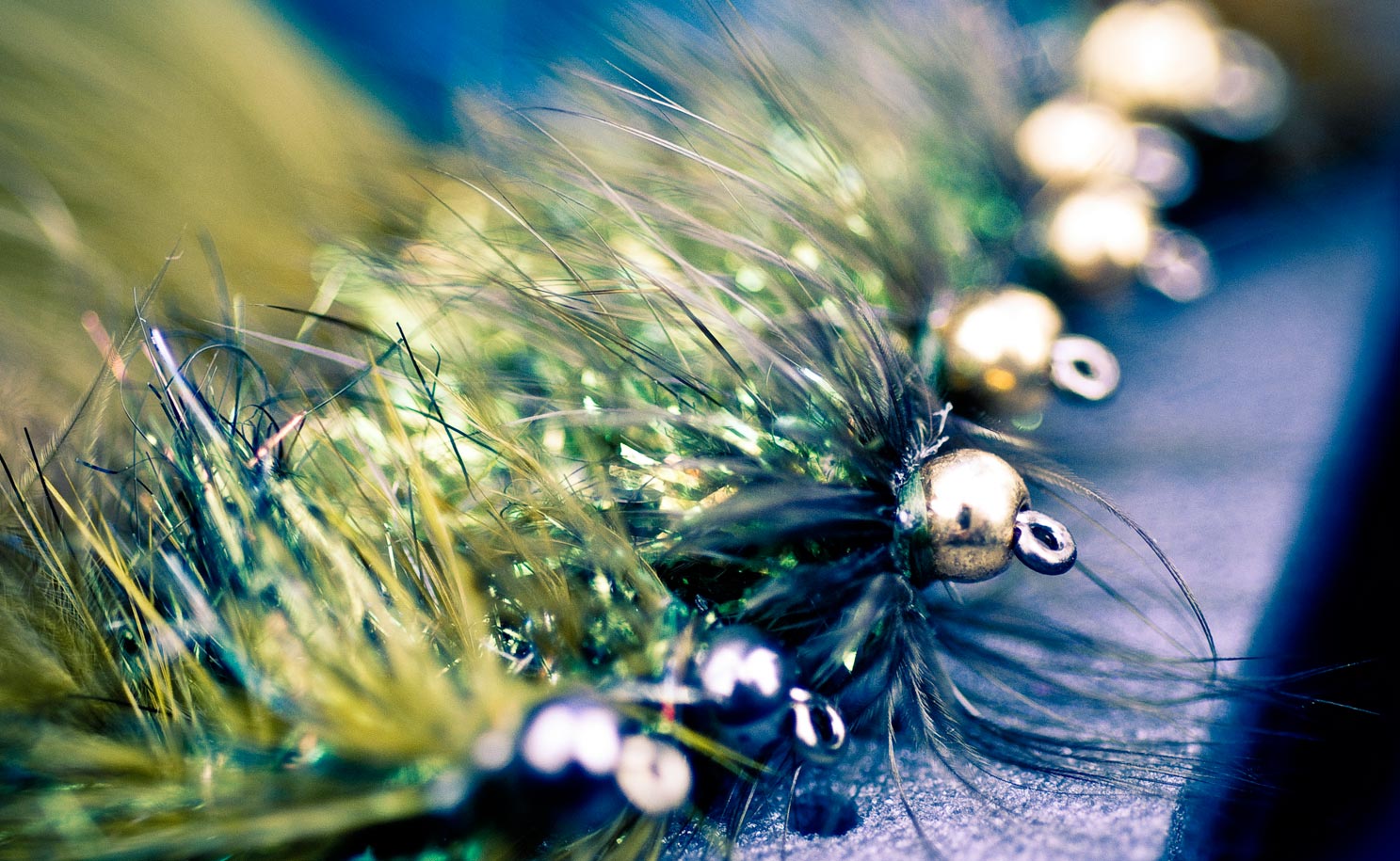
Clean, well proportioned flies are the mark of a good tyer.
Fly tying is a little bit craft, a little bit art and a little bit science. Even when tying simple flies it can be challenging to produce consistent results and top quality, especially when the patterns get small. Most tyers are self-taught and many never learn some of the fundamental skills which produce good results. I teach fly tying classes from time to time and I see tyers struggle with the same fundamental issues over and over. Spending some time on the basics will pay big dividends in both quality and efficiency.
HERE ARE 11 TIPS FOR TYING CLEANER, MORE CONSISTENT FLIES
Get the proportions right from the start.
You should be thinking about the placement of every element of a pattern from the first thread wraps. Each pattern has a code that’s easy to break down if you start off right. The key is to break down the hook shank into simple fractions. Here is an example. When tying any Gotcha style bonefish fly I use my thread to break the hook shank into quarters. I start the thread behind the eye and lay down a thread base to the middle of the hook. It’s easy for your eye to see halves, so I start by dividing the shank in half, then I wind half way back to the eye. That’s my first quarter, and that’s where my dumbbell eyes go.
If I were tying a parachute-style dry fly, I’d divide the shank into thirds and place my parachute post on the first third. Using these simple fractions not only insures that your flies are consistent, it insures that the proportions stay the same as the hook size changes. Your #20 flies will look like miniature versions of your #12s.
Measure and prep your materials by hook size.
Another key to keeping proportions consistent is to organize your materials by the size of the patterns you’re tying. Use a hackle gauge to select feathers which match the hook size and set aside as many as you will need for a tying session.
When tying in tails or wings, use the hook shank to measure the right length. Know the right proportion for the pattern you are tying and always use the hook as your reference. When using materials like hair, keep the number of fibers you gather in proportion with the size of the pattern. Smaller flies will require smaller clumps of hair.
Use the right thread.
Like every material used in a fly,
Read More »Sunday Classic / Tight Quarters Trout Fishing

(Watch our video that demonstrates this scenario)
If you’ve been fly fishing for a while, you’ve probably become pretty proficient at dropping your dry flies in tight quarters to catch trout that are either tucked in under foliage or holding tight to an undercut bank. What If I asked you to make that same presentation, however, with a tandem nymph rig on a small stream with a strike indicator and split-shot? Could you pull it off with the same percentage of success? If you answered yes, hands off to you, because you are not the norm. I’ve found that most of my clients in this situation lack the confidence and know how to make consistently accurate fly presentations with a heavy tandem wet fly rig.
Below is a video Louis and I shot a while back, explaining how I pull off tight quarter casting on small trout streams. I had my rod rigged with a tandem nymph rig to show you the most important things I focus on when casting to targets in these tight quarters.
Read More »Saturday Shoutout / The Big And The Bad
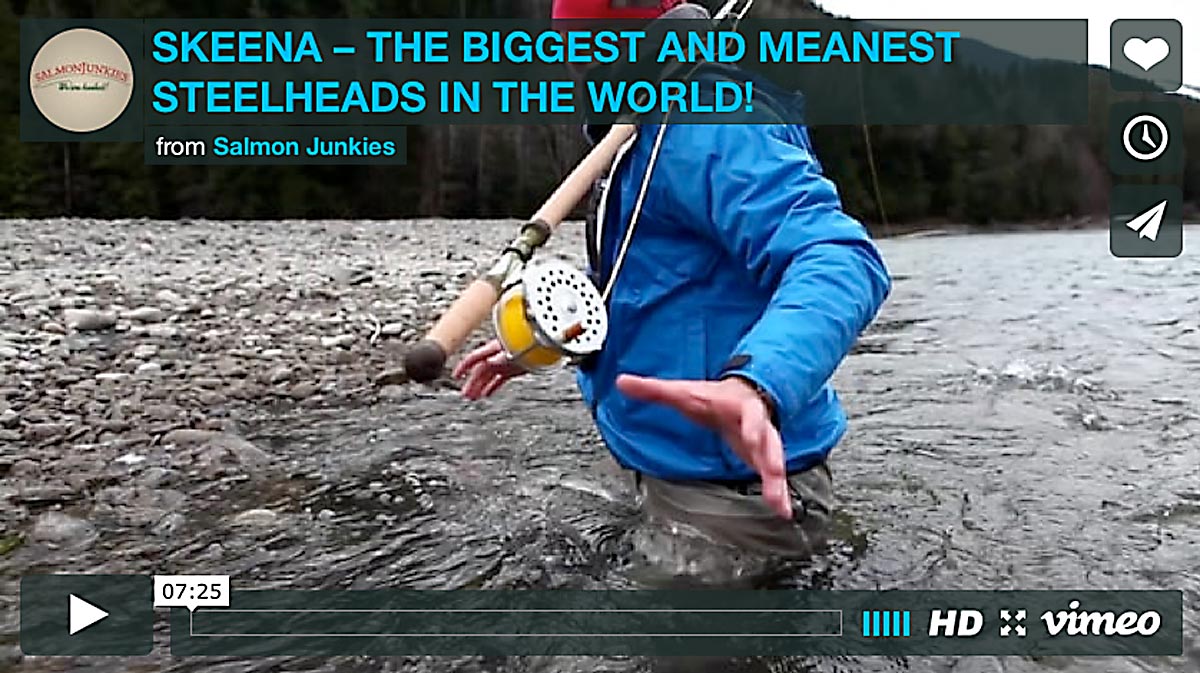
Chasing the biggest and baddest steelhead on the planet.
Well, that doesn’t sound awful. This may make you hate me, but i’m actually steel heading as you read this. Not on the Skeena and not for the biggest and the meanest, but the Salmon Junkies are, so lets join them for a drag burning trip to the Skeena for monster steelhead.
Enjoy!
Read More »Dry Gear and Cold Beer From Fishpond
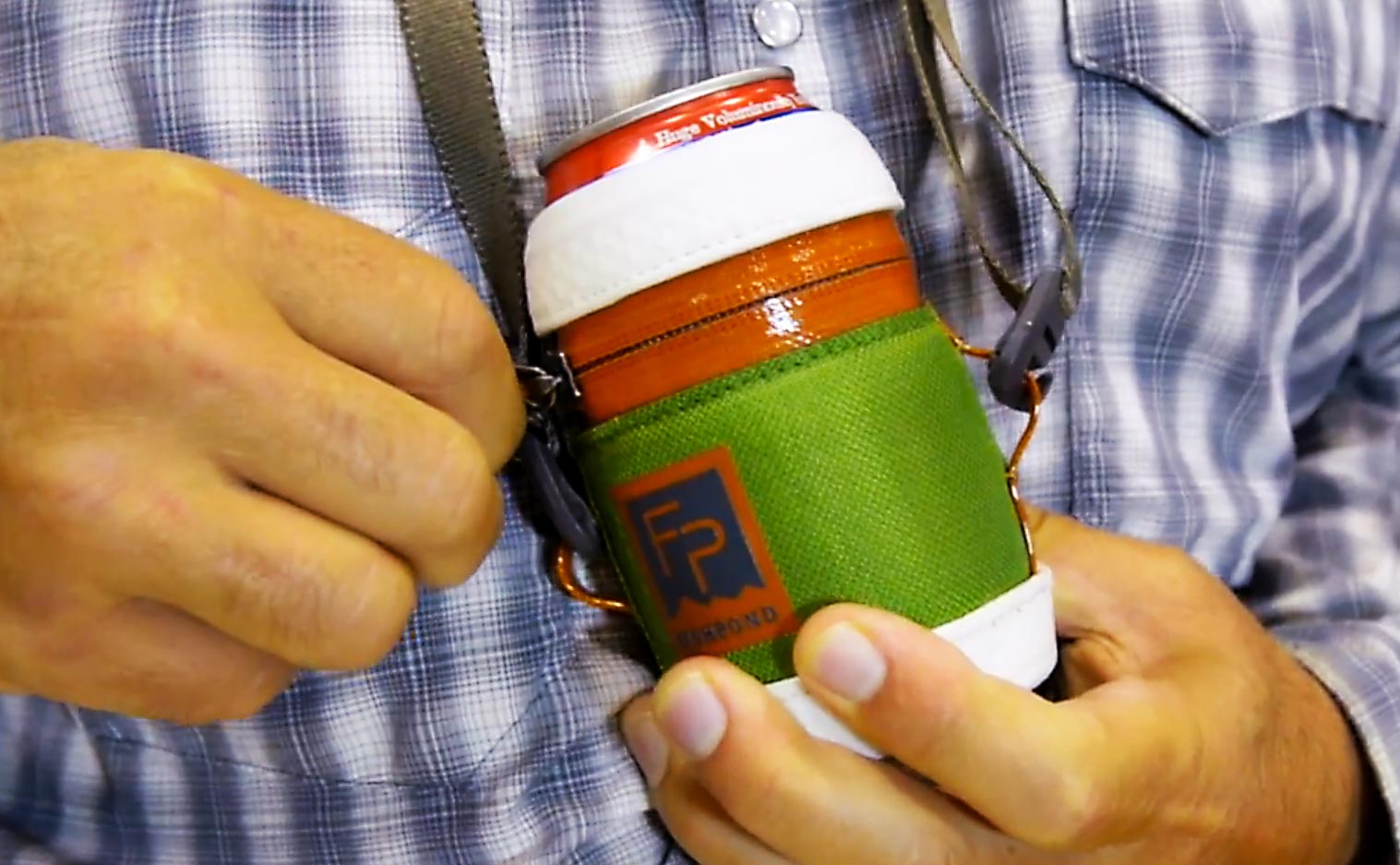
Always innovative, always quality. That’s what you expect from Fishpond.
This years new offerings are no exception. Some very cool T-zip duffles that are totally submersible, a nice new net and the accessory every angler needs. A wearable beer cozy. All you need are fish and a straw!
CHECK OUT THIS VIDEO TO SEE THE NEW PRODUCTS FROM FISHPOND.
Read More »